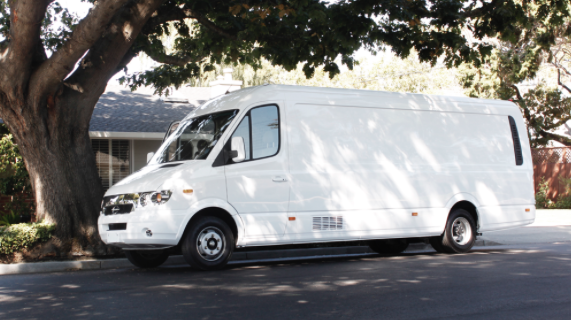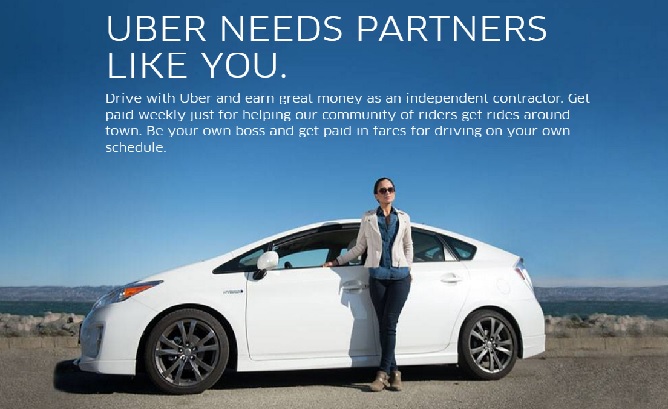First mass-scale electric vans: Chanje, a California-based startup company, says it will bring the first mass-scale electric medium-duty vehicles to fleets in the U.S. market. The  all-electric commercial vans will start being delivered later this year. The company is co-owed by Hong Kong-based FDG Electric Vehicles Limited. FDG owns other EV companies, including Prevok, a Chinese joint venture with Smith Electric Vehicles. Chanje will tap into FDG’s EV and lithium ion battery manufacturing resources. The large electric van will be sold to fleets “at a previously unavailable scale and price,” and will be “purpose-built to be a long-life truck.”
all-electric commercial vans will start being delivered later this year. The company is co-owed by Hong Kong-based FDG Electric Vehicles Limited. FDG owns other EV companies, including Prevok, a Chinese joint venture with Smith Electric Vehicles. Chanje will tap into FDG’s EV and lithium ion battery manufacturing resources. The large electric van will be sold to fleets “at a previously unavailable scale and price,” and will be “purpose-built to be a long-life truck.”
Alternative fuel calculator: ACT Research just made available an enhanced fuels calculator that helps fleets analyze operating costs when using diesel, natural, gas, hydrogen, and electricity. ACT’s Truck Fuel Calculator allows users to measure energy choice and vehicle cost, fuel and performance, and maintenance over a period of time or cycle. “Electric vehicle technology continues to make strides as it further penetrates the various vehicle classifications with Class 8 on the docket,” said Ken Vieth, senior partner and general manager at ACT Research. “All viable commercial vehicle power alternatives must now be considered to accurately measure potential cost
Ride-hailing versus car ownership: A new study shows consumers are starting to prefer mobility services like Uber and Lyft over car ownership. The study was done by the  University of Michigan Transportation Research Institute, Texas A&M Transportation Institute, and Columbia University. Research was done in Austin, Texas, where ride-hail services like Uber and Lyft pulled services last year due to a local ordinance. The study found that 41% of those surveyed turned to their own vehicle after Uber and Lyft left the market; and 9% actually bought an additional car for their transportation needs. Three percent switched over to public transit; and 42% went over to another, smaller transportation networking company.
University of Michigan Transportation Research Institute, Texas A&M Transportation Institute, and Columbia University. Research was done in Austin, Texas, where ride-hail services like Uber and Lyft pulled services last year due to a local ordinance. The study found that 41% of those surveyed turned to their own vehicle after Uber and Lyft left the market; and 9% actually bought an additional car for their transportation needs. Three percent switched over to public transit; and 42% went over to another, smaller transportation networking company.



